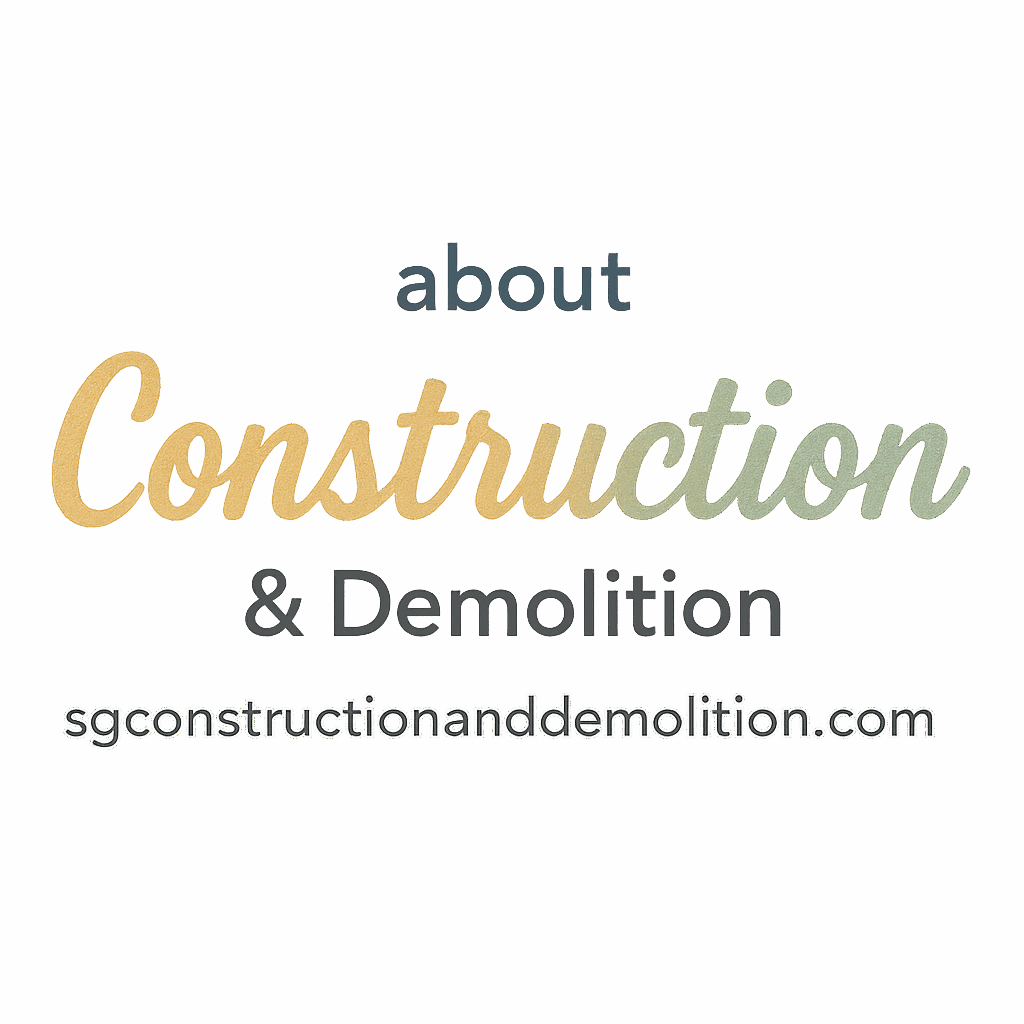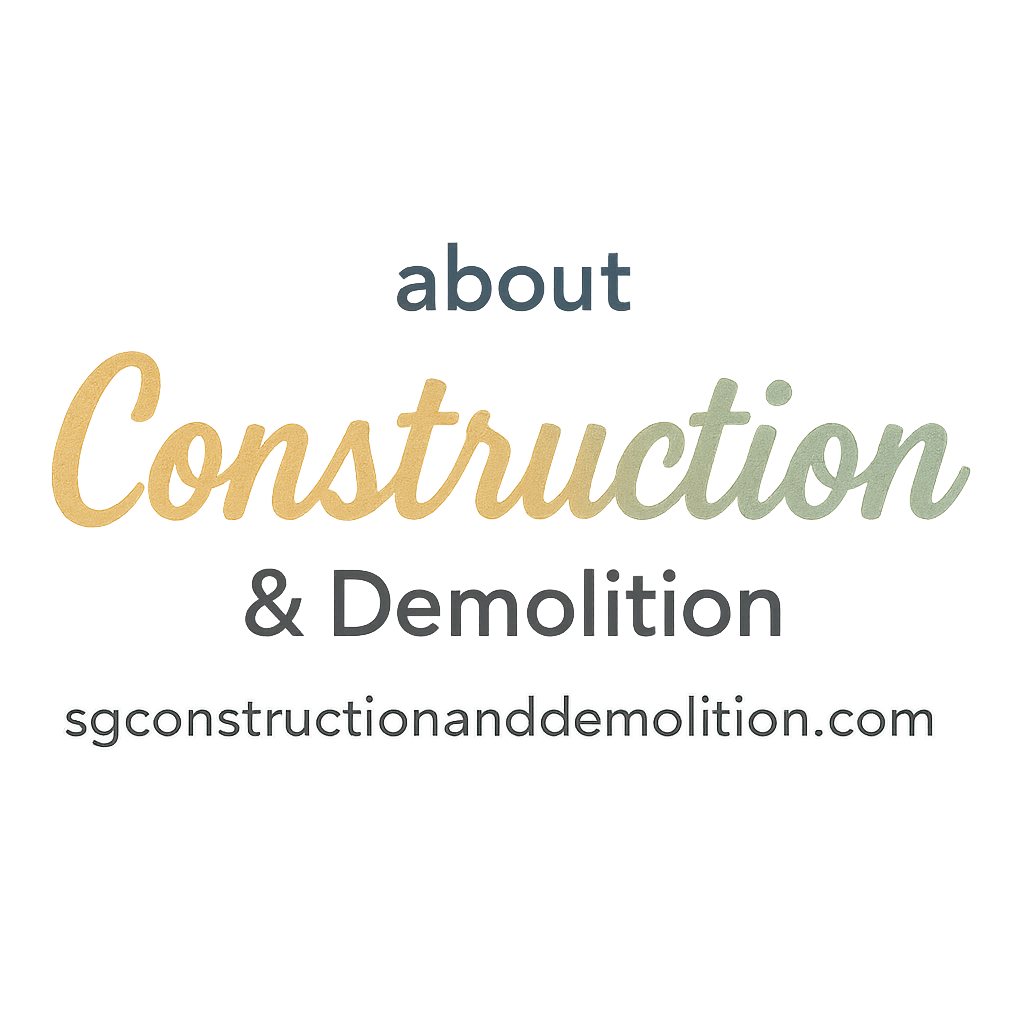Getting LEED Certification in construction isn’t just about a fancy plaque—it’s a big step toward a sustainable future. Whether you’re a contractor, developer, or simply curious about going green, this guide will walk you through five effective ways to earn that prestigious LEED stamp of approval.
Let’s break it down.
What is LEED Certification?
LEED (Leadership in Energy and Environmental Design) is a globally recognized certification that measures how eco-friendly and sustainable a building project is. Managed by the U.S. Green Building Council (USGBC), it sets the gold standard for green buildings across the globe.
Why LEED Certification Matters
Environmental Impact
LEED-certified buildings drastically reduce carbon emissions, energy use, and water consumption. They’re not just easier on the planet—they set a precedent for smarter building practices.
Market Value and ROI
Projects with LEED Certification in construction often enjoy higher market value and faster lease-up rates. Why? Because investors and tenants alike appreciate sustainable, cost-efficient spaces.
Regulatory Incentives
Many governments offer tax breaks, zoning allowances, and expedited permitting for LEED projects—talk about a win-win.
Explore how smart trends are reshaping green construction
1. Integrate Sustainable Planning Early
Start with a Green Mindset
Before the first shovel hits the dirt, sustainable planning should be at the forefront. Include environmental engineers and LEED professionals from day one. It’s like baking—you can’t add the eggs after the cake is in the oven.
Planning tips for safe and sustainable sites
Align with LEED Prerequisites
Each LEED category has specific prerequisites. From site selection to energy use, ensure your blueprints align with LEED requirements to avoid retroactive fixes later on.
Recommended Resources for Planning
2. Choose Eco-Friendly Building Materials
Importance of Sustainable Materials
The materials you choose matter—a lot. Sustainable materials reduce waste, improve indoor air quality, and lessen environmental impact.
Examples of Green Materials
- Recycled steel
- Bamboo flooring
- Low-VOC paints
- Insulated concrete forms (ICFs)
Sourcing Responsibly
Try to source materials locally to reduce transportation emissions. Don’t forget to check for environmental certifications.
Explore modern tools and equipment used in green construction
3. Prioritize Energy Efficiency
Optimize HVAC and Lighting
Energy efficiency is key. Choose ENERGY STAR-rated HVAC systems and LED lighting. Automation like occupancy sensors adds a cherry on top.
Renewable Energy Integration
Solar panels, wind turbines, and geothermal systems can significantly boost your LEED score. Plus, they future-proof your building.
Monitoring and Control Systems
Smart systems that track energy usage in real-time help keep consumption in check and identify improvement areas.

Tap into innovation and smart tech
Check out smart-tech tag
4. Improve Water Efficiency
Low-Flow Plumbing Fixtures
Install water-efficient toilets, urinals, and faucets. You’d be surprised how much water (and money) they save over time.
Rainwater Harvesting Systems
Collect and reuse rainwater for landscaping or even non-potable indoor use. It’s eco-smart and cost-effective.
Water Management Strategies
Think beyond fixtures—look at irrigation systems, leak detection, and drought-resistant landscaping.
Visit methods that include water-saving techniques
5. Emphasize Indoor Environmental Quality
Ventilation and Air Quality
LEED Certification in construction also emphasizes how people feel in the building. Proper ventilation, air filtration, and humidity control make a world of difference.
Use of Low-VOC Materials
Low or no-VOC paints, adhesives, and sealants protect indoor air quality. Your lungs will thank you.
Enhancing Occupant Comfort
Think daylight, views, acoustics, and even thermal comfort. A happy tenant is a long-term tenant.
Explore myths and misconceptions around materials
Indoor quality and steps for better design
How to Document and Submit for LEED Certification
LEED Scorecard Breakdown
LEED categories include:
- Sustainable Sites
- Water Efficiency
- Energy & Atmosphere
- Materials & Resources
- Indoor Environmental Quality
- Innovation in Design
Each category earns points. The total determines your certification level (Certified, Silver, Gold, or Platinum).
Tools and Platforms for Submission
USGBC’s LEED Online platform is where you’ll submit documentation. Be thorough—photos, specs, and test results matter.
Discover helpful resources for beginners
Common Mistakes to Avoid in LEED Certification
Overlooking Prerequisites
Missing a single prerequisite can make you ineligible. Always double-check the requirements early and often.
Miscommunication Among Teams
Clear communication between architects, contractors, and sustainability consultants is vital. Think of your team as a well-oiled machine.
Project management and communication tips
Benefits Beyond Certification
Long-Term Cost Savings
Though green construction can cost more upfront, energy and water savings pay off in the long haul.
Brand and Reputation Boost
A LEED-certified building signals responsibility and leadership. Great for PR, client trust, and employee retention.
Explore trending techniques for sustainable growth
Conclusion
Achieving LEED Certification in construction doesn’t happen by accident—it takes planning, precision, and a serious commitment to sustainability. But the payoff? Totally worth it. From saving money to saving the planet, going green in construction is a step in the right direction for everyone.
So, what are you waiting for? It’s time to build smart, build green, and build with purpose.
FAQs
1. What does LEED stand for in construction?
LEED stands for Leadership in Energy and Environmental Design, a green building certification system.
2. How many levels of LEED Certification are there?
There are four: Certified, Silver, Gold, and Platinum.
3. Is LEED Certification mandatory?
No, it’s voluntary. But many governments and clients strongly encourage or even require it.
4. How long does it take to get LEED Certification?
It can take anywhere from a few months to over a year, depending on the project’s size and complexity.
5. What are some common mistakes when applying for LEED?
Missing prerequisites, poor documentation, and miscommunication among teams are the most common.
6. Can existing buildings become LEED certified?
Yes! LEED for Existing Buildings (EBOM) covers retrofits and ongoing operations.
7. Where can I learn more about construction and demolition best practices?
Check out SG Construction and Demolition for a wide range of articles, tools, and industry insights.


